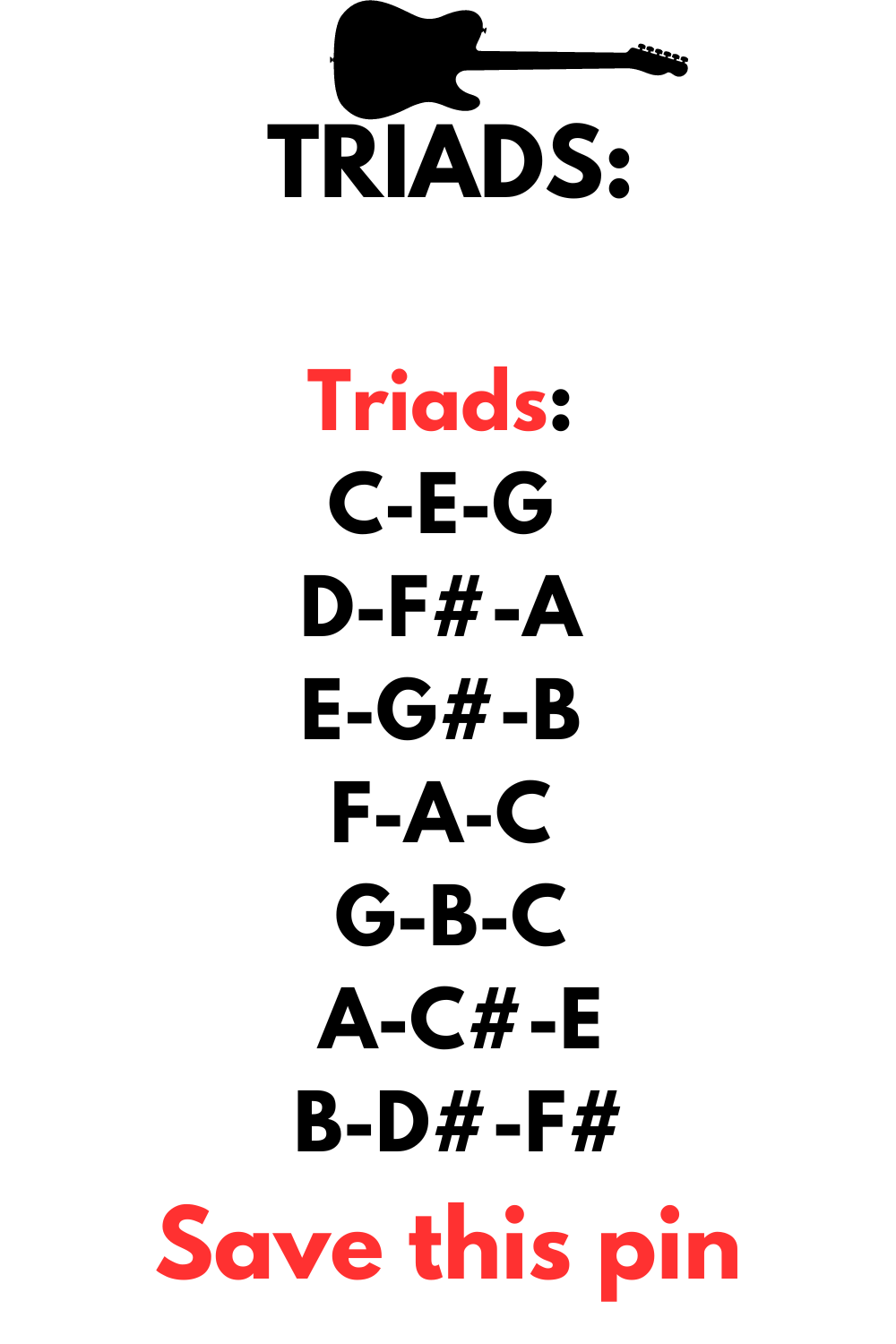Understanding Triads in Music: Building Blocks of Harmony
Introduction:
In the realm of music theory, triads are fundamental elements that form the basis of harmony.
Comprising three notes, triads are chords that provide stability, color, and structure to musical compositions.
This article aims to provide a comprehensive explanation of what triads are, how they are constructed, and their role in music.
Definition of Triads:
A triad is a chord consisting of three distinct notes played simultaneously or consecutively.
These notes are derived from a specific scale and are stacked in intervals of thirds. Triads are built upon the concept of tertian harmony, meaning they are constructed by stacking thirds (intervals of three letter names).
The three notes of a triad are typically referred to as the root, the third, and the fifth.
Construction of Triads:
Triads are formed by combining specific intervals above the root note. The root note establishes the tonal center of the chord, and the other two notes are determined by their relationship to the root.
The most common triads are built using major and minor thirds. Here are the three basic types of triads:
Major Triad:
A major triad consists of a root, a major third (four semitones above the root), and a perfect fifth (seven semitones above the root).
It is often denoted by the symbol "M" or "maj." For example, in the key of C, a C major triad would include the notes C, E, and G.
Minor Triad:
A minor triad is formed by combining a root, a minor third (three semitones above the root), and a perfect fifth. It is commonly denoted by the symbol "m" or a lowercase letter.
For instance, in the key of A, an A minor triad would include the notes A, C, and E.
Diminished Triad:
A diminished triad is created by stacking two minor thirds above the root. It consists of a root, a minor third, and a diminished fifth (six semitones above the root).
Diminished triads are often represented by the symbol "dim." For example, in the key of B, a B diminished triad would include the notes B, D, and F.
Function and Harmonic Role:
Triads play a crucial role in harmony, providing a harmonic framework for melodies and chord progressions.
They establish the tonality of a piece, convey emotions, and create tension and resolution.
Major triads are generally associated with a brighter and more positive sound, while minor triads tend to evoke a somber or melancholic atmosphere. Diminished triads often introduce dissonance and instability.
Triads in Music Composition:
Musicians and composers utilize triads extensively in their compositions. They serve as building blocks for constructing more complex chords, harmonies, and progressions.
By combining various triads, composers can create rich textures and convey different moods and emotions. Triads are also essential in analyzing and understanding the harmonic structure of a piece of music.
Conclusion:
Triads form the cornerstone of harmony in music. Their three-note structure and intervallic relationships contribute to the emotional impact and tonal center of a composition.
Understanding the construction and function of triads allows musicians, composers, and music theorists to delve deeper into the intricacies of music, enhancing their appreciation and comprehension of this art form.












0 Comentários